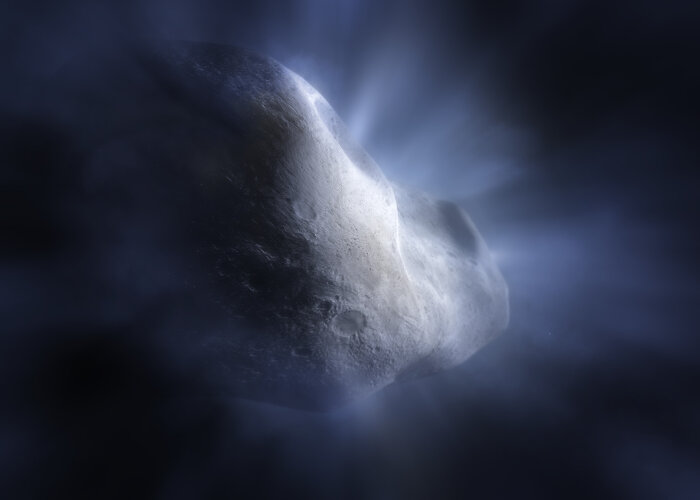Space News & Blog Articles
Webb finds water, and a new mystery, in rare main-belt comet

The NASA/ESA/CSA James Webb Space Telescope has enabled another long-sought scientific breakthrough, this time for Solar System scientists studying the origins of the water that has made life on Earth possible. Using Webb’s NIRSpec (Near-Infrared Spectrograph) instrument, astronomers have confirmed gas – specifically water vapour – around a comet in the main asteroid belt for the first time, proving that water from the primordial Solar System can be preserved as ice in that region. However, the successful detection of water comes with a new puzzle: unlike other comets, Comet 238P/Read had no detectable carbon dioxide.
When you subscribe to the SpaceZE News Feed, we will send you an e-mail when there are new updates on the site so you wouldn't miss them.

